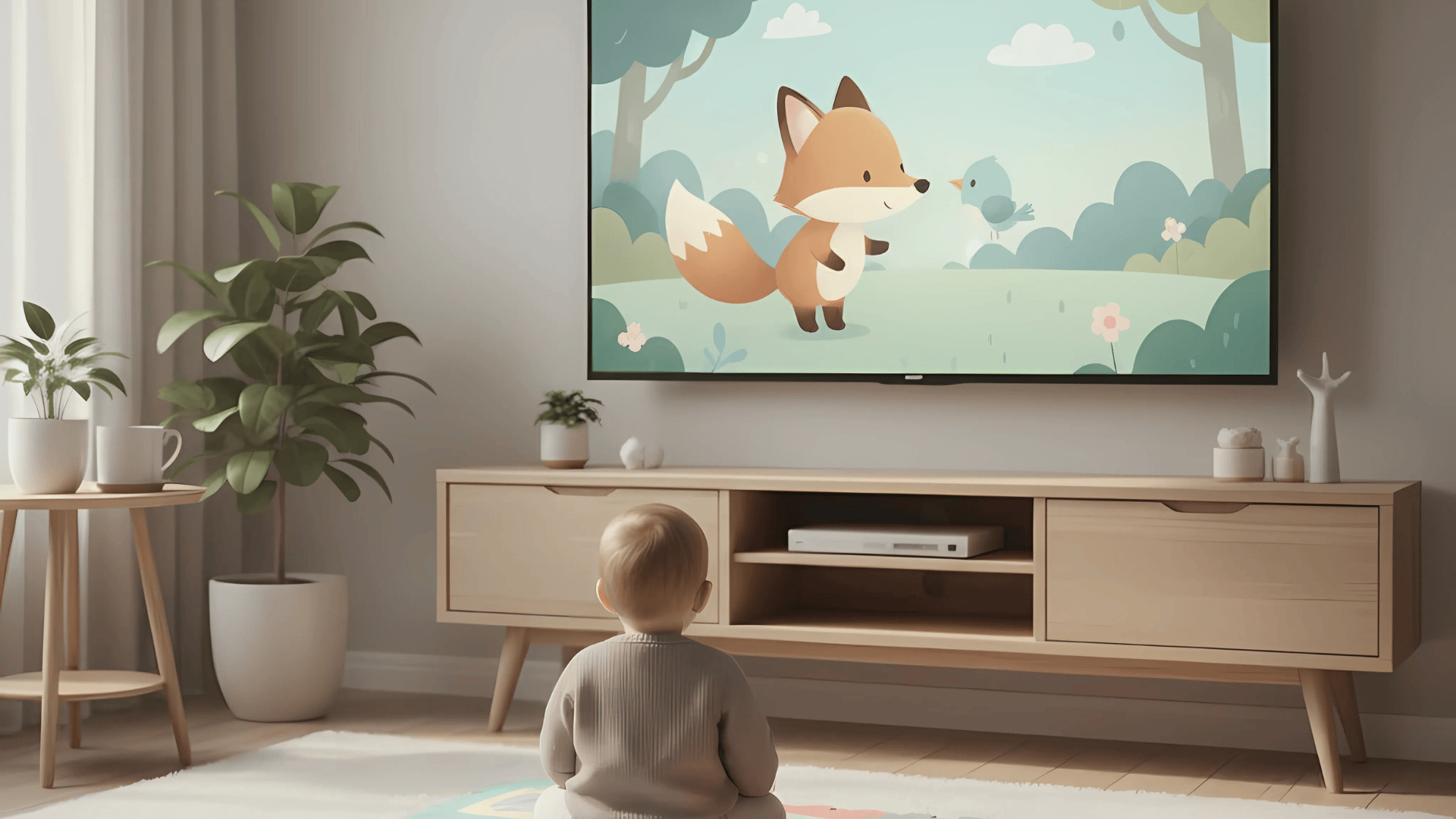As a parent, I know how hard it can be to find screen time that actually feels safe for little ones. Many shows today are loud, fast, and full of flashing scenes that can overwhelm young children.
That’s where low stimulation shows for babies come in. These gentle programs are safe and designed to support early development instead of overstimulating.
You’ll find everything you need here, from a clear look at what low stimulation shows are to how they can support calmness and learning in young children.
I’ve also gathered a list of age-appropriate options, where to watch them, and simple tips to make screen time healthier for your family.
What are Low-Stimulation Shows?
Low-stimulation shows are designed to be calm, simple, and easy for babies and toddlers to process. They use soft colors, gentle voices, and slower storylines to create a soothing experience instead of overwhelming a child’s senses.
Scenes transition gradually, and sounds remain steady without sudden effects, giving little ones more time to focus, understand, and feel comfortable.
The slower pace helps children feel calm and secure, offering a safe space where learning happens naturally. These shows can encourage emotional regulation, support longer attention spans, and make screen time more meaningful.
Experts often recommend this type of content since young brains need time to process, and slow, steady programming models clear speech, simple actions, and positive behavior.
Best Low Stimulation Shows
Finding calm shows can be difficult with so many fast-paced options out there. This list brings together the best low-stimulation programs for different ages so you can choose what fits the child.
For Babies (0–12 months)
Babies need shows that are simple, slow, and gentle. These programs use soft sounds and clear visuals that help little ones relax without overwhelming their senses.
1. Mister Rogers’ Neighborhood

Fred Rogers’s kind voice and slow pacing make this show a classic choice for babies. Each episode focuses on simple lessons like kindness and friendship.
The soft visuals and predictable format create a safe and calm viewing space that comforts infants while introducing them to everyday values.
2. Puffin Rock
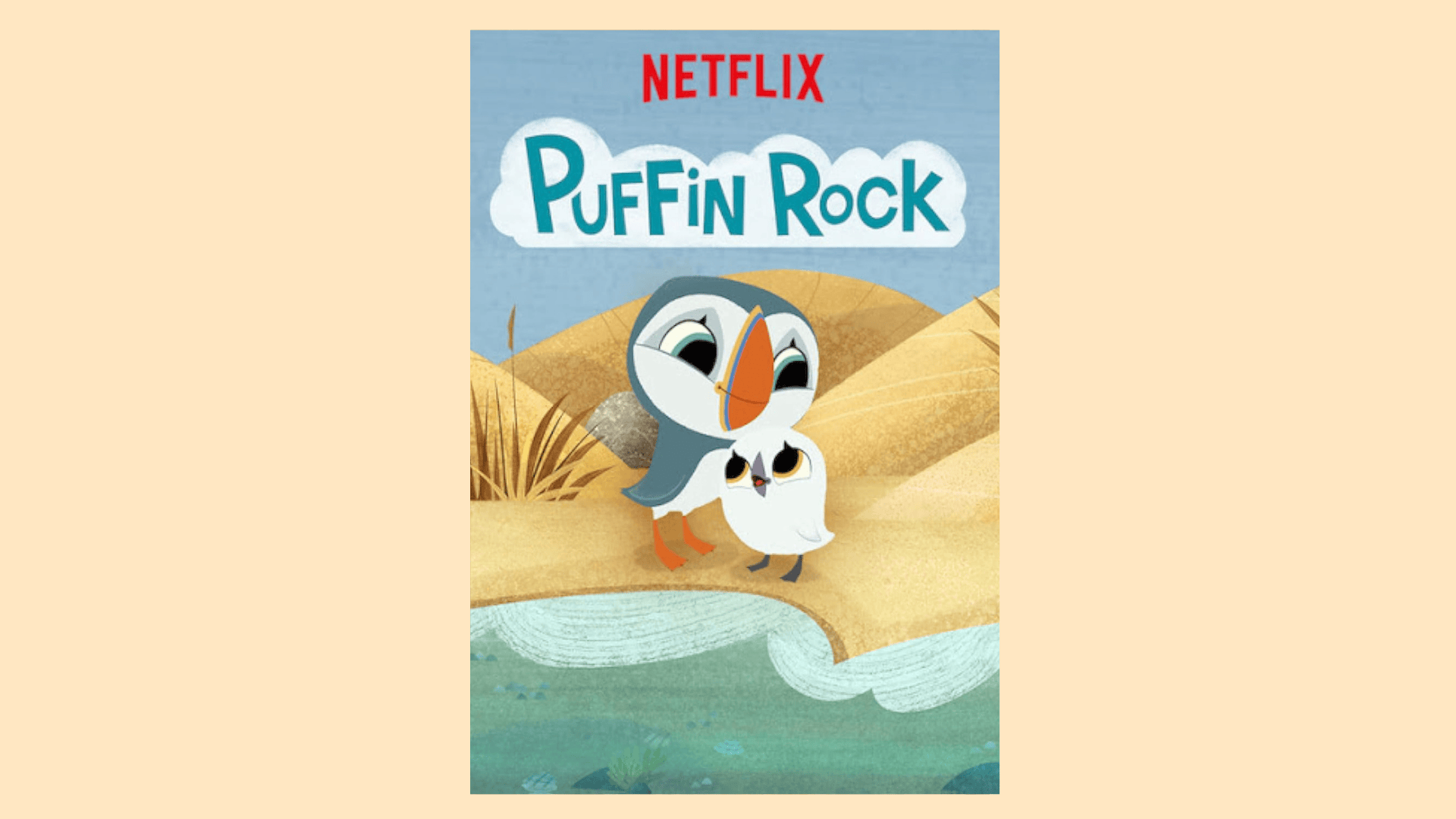
Narrated by Chris O’Dowd, this show follows Oona the puffin as she searches her island. Its muted colors and calm storytelling give it a bedtime feel.
Babies can watch without being overstimulated, while parents appreciate the focus on nature and gentle family themes that feel nurturing and safe.
3. Guess How Much I Love You
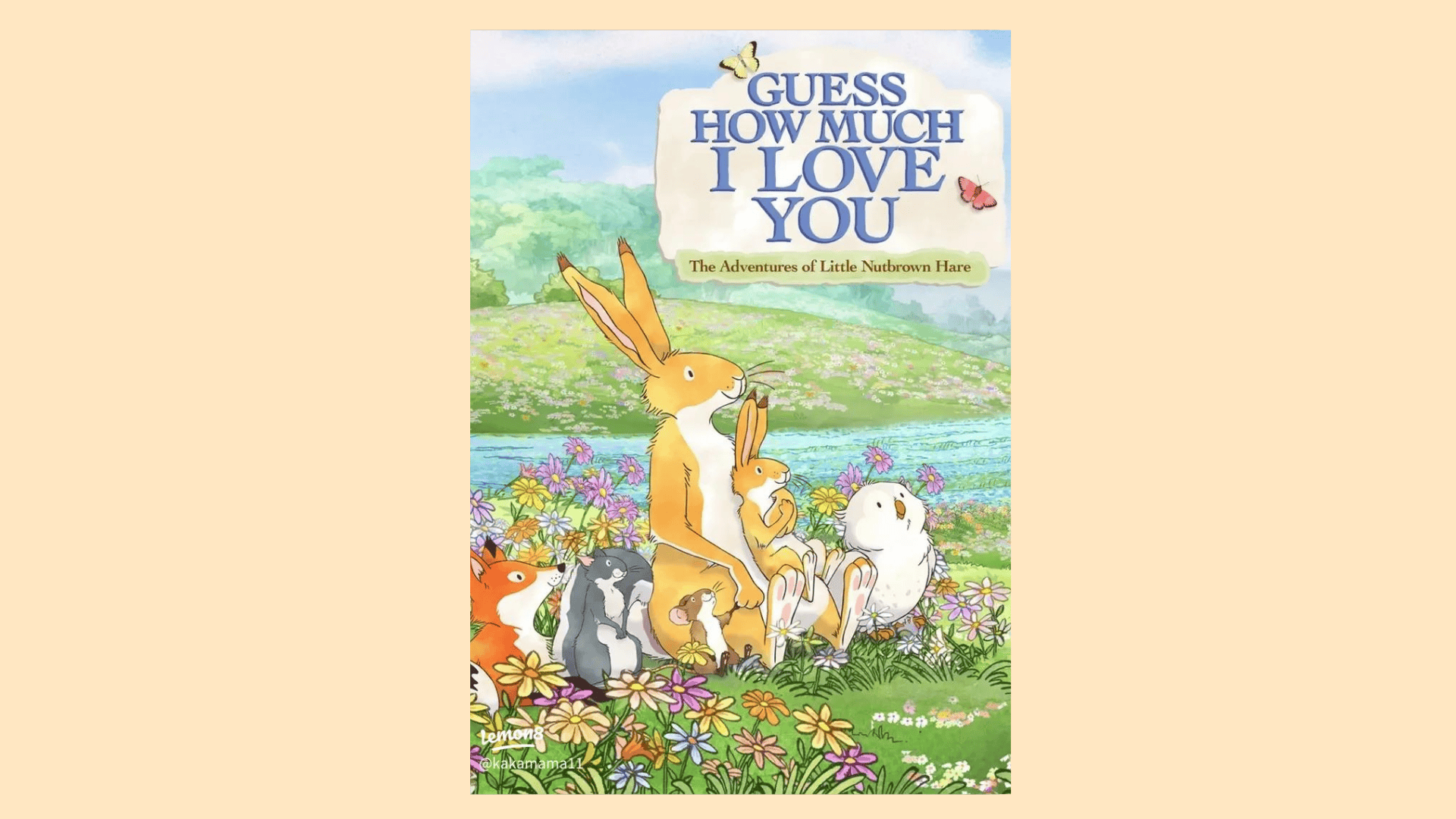
Based on the popular children’s book, this series shares gentle adventures between Little Nutbrown Hare and Big Nutbrown Hare.
The animation is soft, and the pace is slow, creating a warm atmosphere. Babies can enjoy the familiarity of bedtime-style storytelling that feels safe, simple, and easy to process.
4. Sarah & Duck

This British show combines whimsical humor with a soft tone. Sarah’s gentle voice and her pet duck’s quiet adventures make it cozy and easy for babies to follow.
The colors are muted, and the stories move at a calm pace, helping little ones watch comfortably without distraction or sensory overload.
5. Tumble Leaf
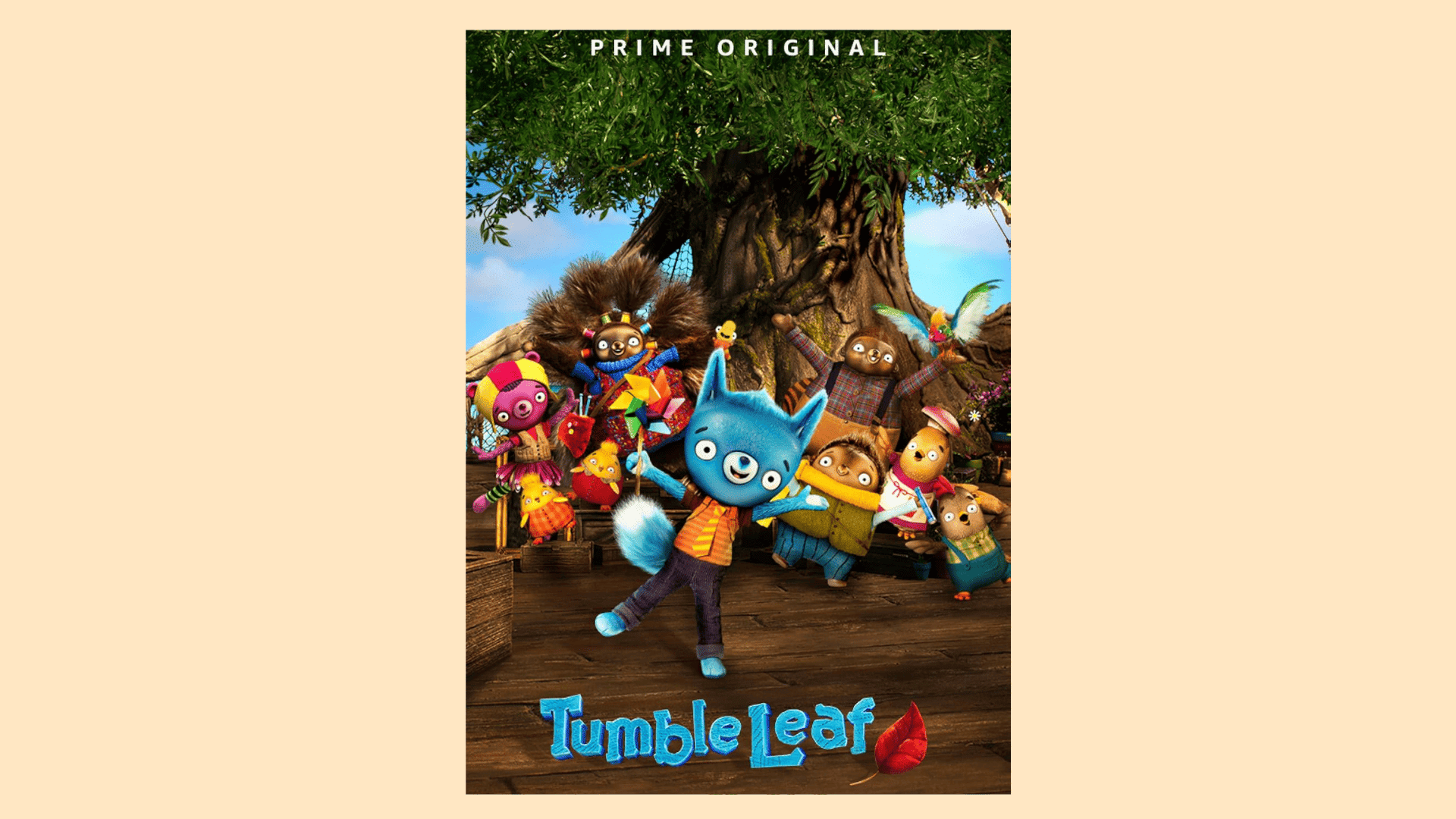
This stop-motion series introduces Fig the fox as he finds new things through play. The world is colorful but never too bright, and the pace stays slow.
Babies benefit from its quiet, curious style. Parents can trust that the show provides calm visuals and steady sound while encouraging curiosity in a gentle way.
6. Little Bear

Little Bear uses simple stories about family and everyday life. Its animation has soft colors, and the characters speak in calm, clear voices.
Babies can enjoy the predictable structure that makes them feel safe while watching. The show offers a comforting rhythm that is gentle and steady, without sudden changes or loud effects.
For Toddlers (1–3 years)
Toddlers are ready for more stories, but still need slow pacing. These shows balance calm visuals and voices with lessons about feelings, sharing, and simple problem-solving:
7. Daniel Tiger’s Neighborhood
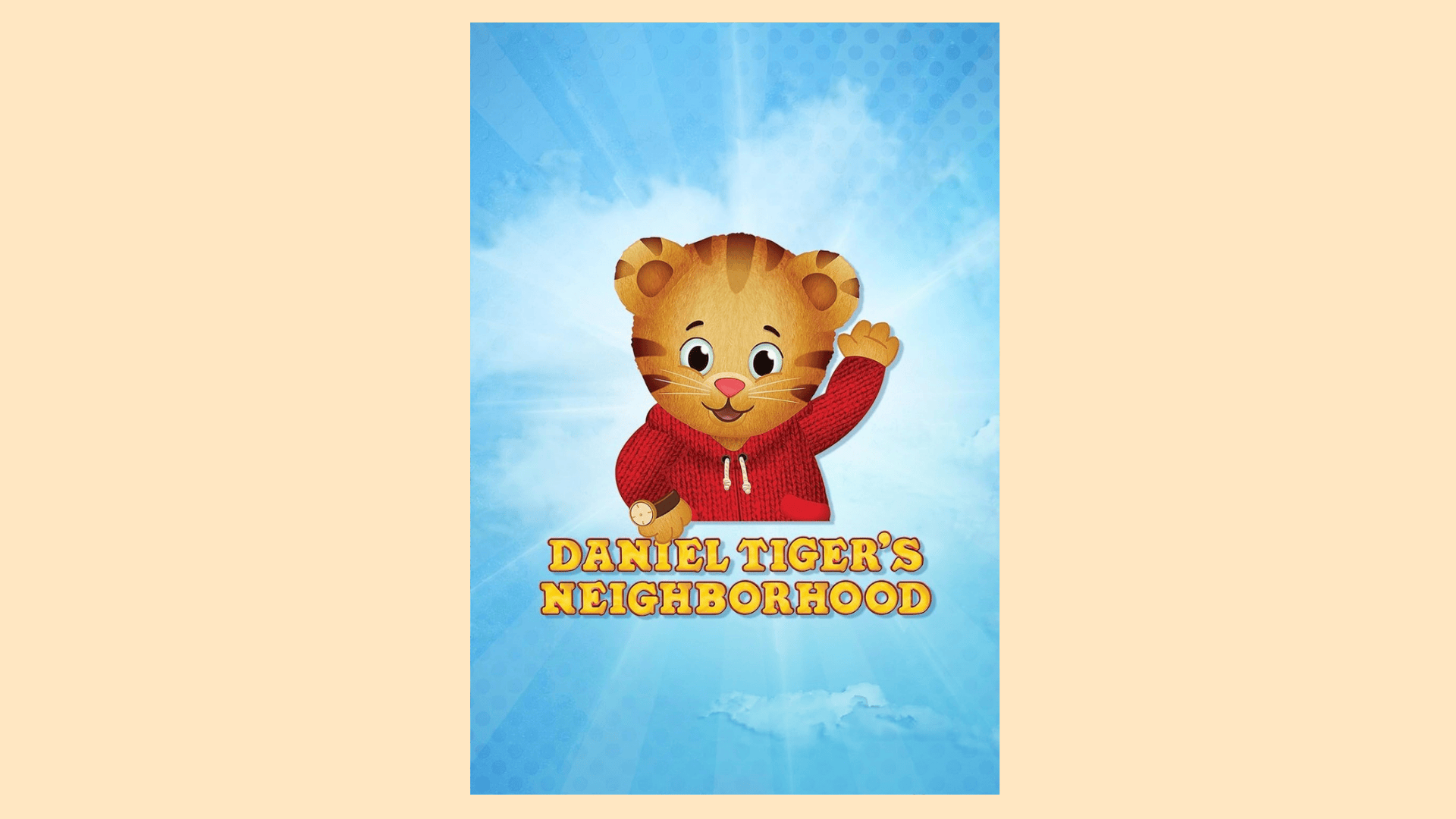
A modern version of Mister Rogers’ lessons, this show uses short songs and slow dialogue to teach about emotions and daily routines.
Toddlers learn kindness, patience, and self-control in a way that is easy to follow. The colorful yet gentle animation makes it engaging without rushing, helping children feel calm while learning.
8. Franklin and Friends
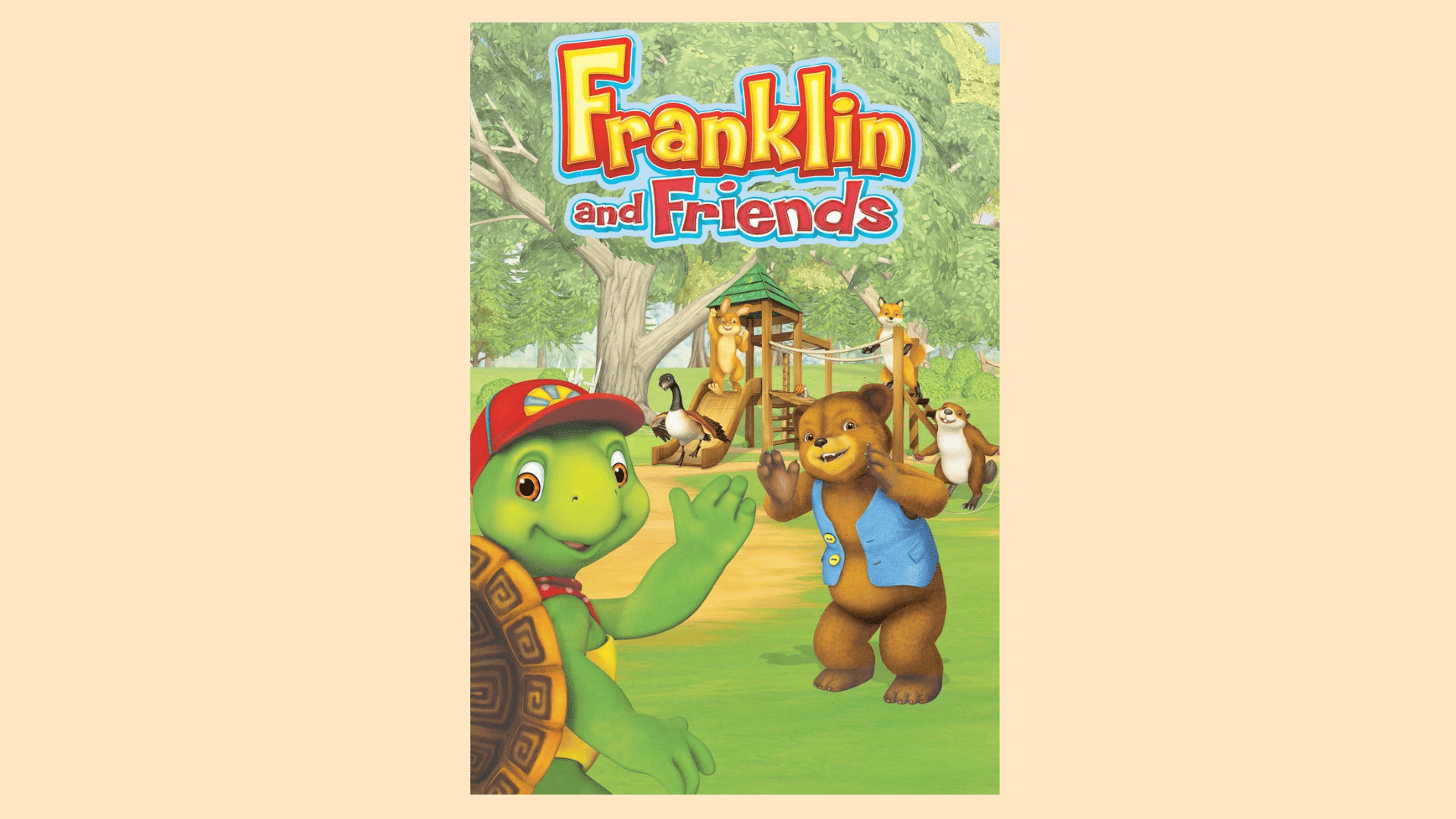
Franklin the turtle finds friendships and small challenges in everyday life. The episodes move slowly, with calm conversations and steady visuals.
Toddlers can watch comfortably while also learning values like honesty and teamwork. The relaxed tone and simple storytelling keep the show gentle while still offering lessons children can understand.
9. Curious George

George’s adventures are playful but not chaotic. The show avoids loud noises or quick changes, instead focusing on curiosity and problem-solving.
Toddlers can follow along easily because the humor is simple and the visuals are soft. Each story encourages gentle learning in a way that keeps the viewer calm and comfortable.
10. Kipper the Dog
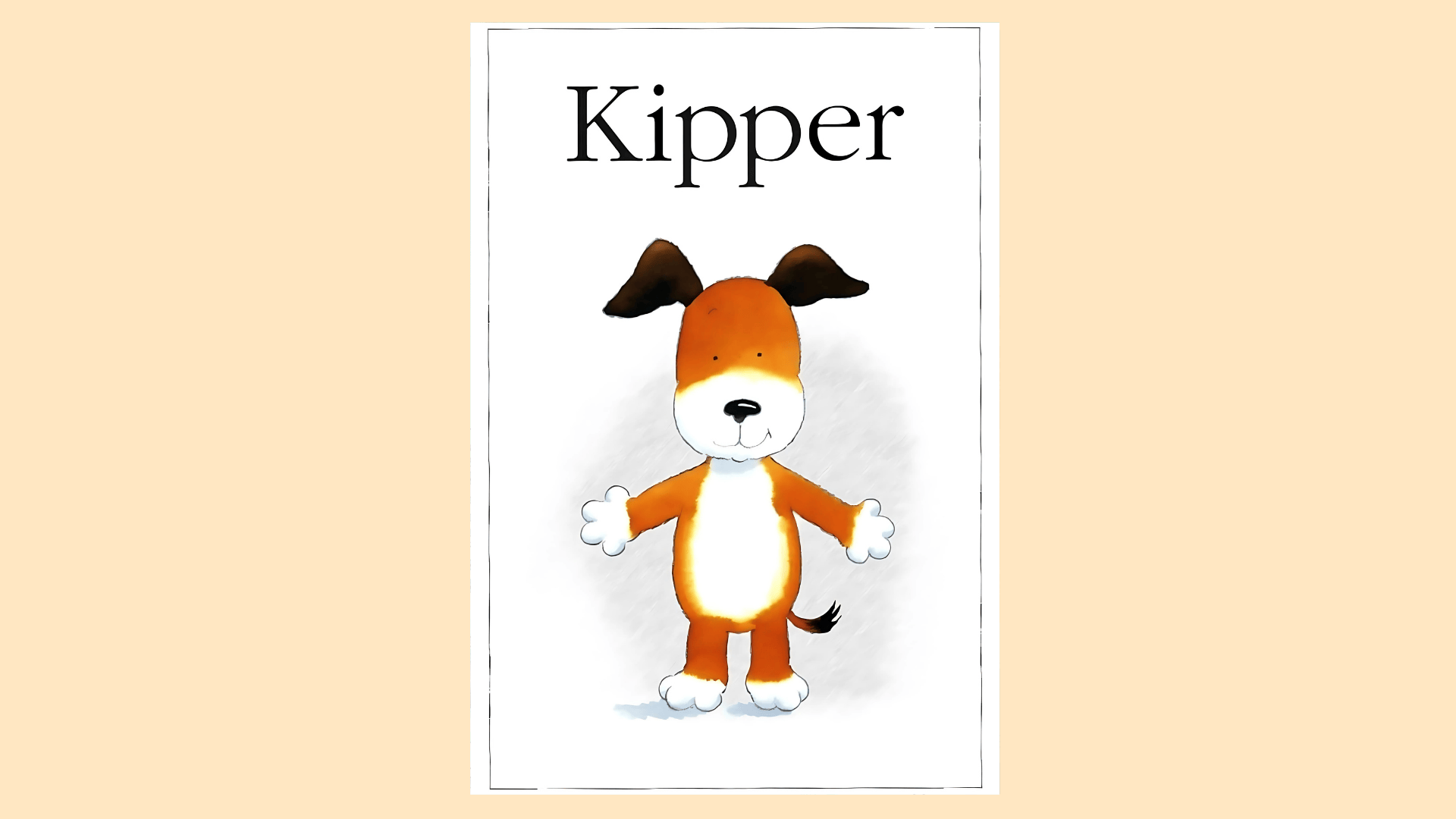
Kipper features calm British narration, muted colors, and simple plots. Each episode unfolds slowly, showing small adventures that are easy for toddlers to follow.
The friendly tone helps children feel at ease, making it a great choice for quiet moments or winding down before rest. It’s steady, warm, and never overstimulating.
11. Stella and Sam
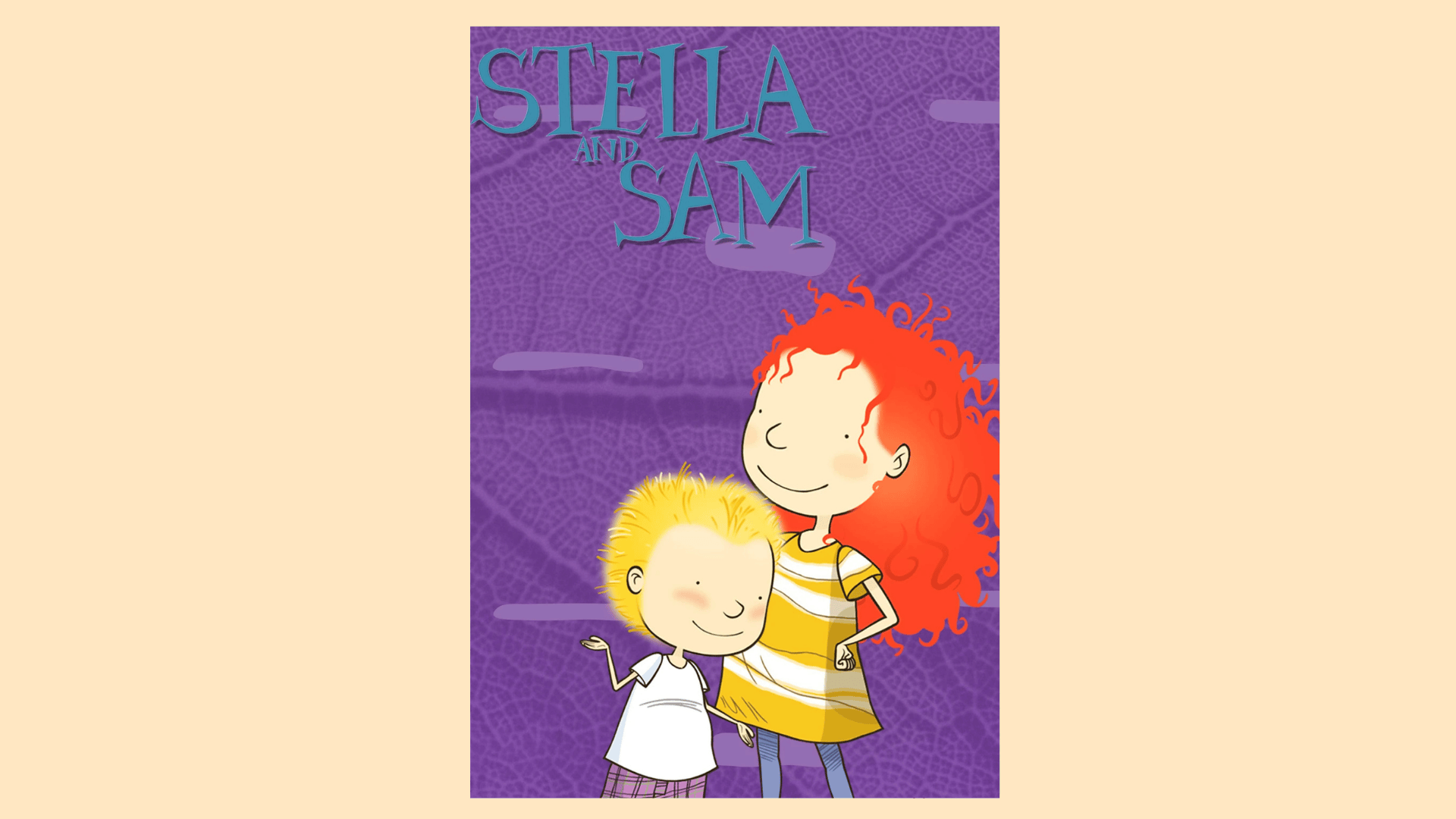
This show follows siblings as they find the outdoors with curiosity and imagination. The dialogue is soft, and the pacing is relaxed.
Toddlers connect with the sibling bond while enjoying calm stories that unfold slowly. Parents find it safe for screen time because it keeps energy low while sparking gentle wonder about nature.
12. Trash Truck

This Netflix series tells the story of a girl and her giant truck friend. Despite the fun idea, it’s slow and easygoing, with clear voices and simple visuals.
Toddlers enjoy the playful friendship while staying relaxed. The calm pace keeps it from being overwhelming, making it a parent-approved option for gentle screen time.
For Preschoolers (3–4 years)
Preschoolers can handle longer stories but still benefit from calm shows. These programs use steady pacing while teaching empathy, problem-solving, and family values:
13. Bluey
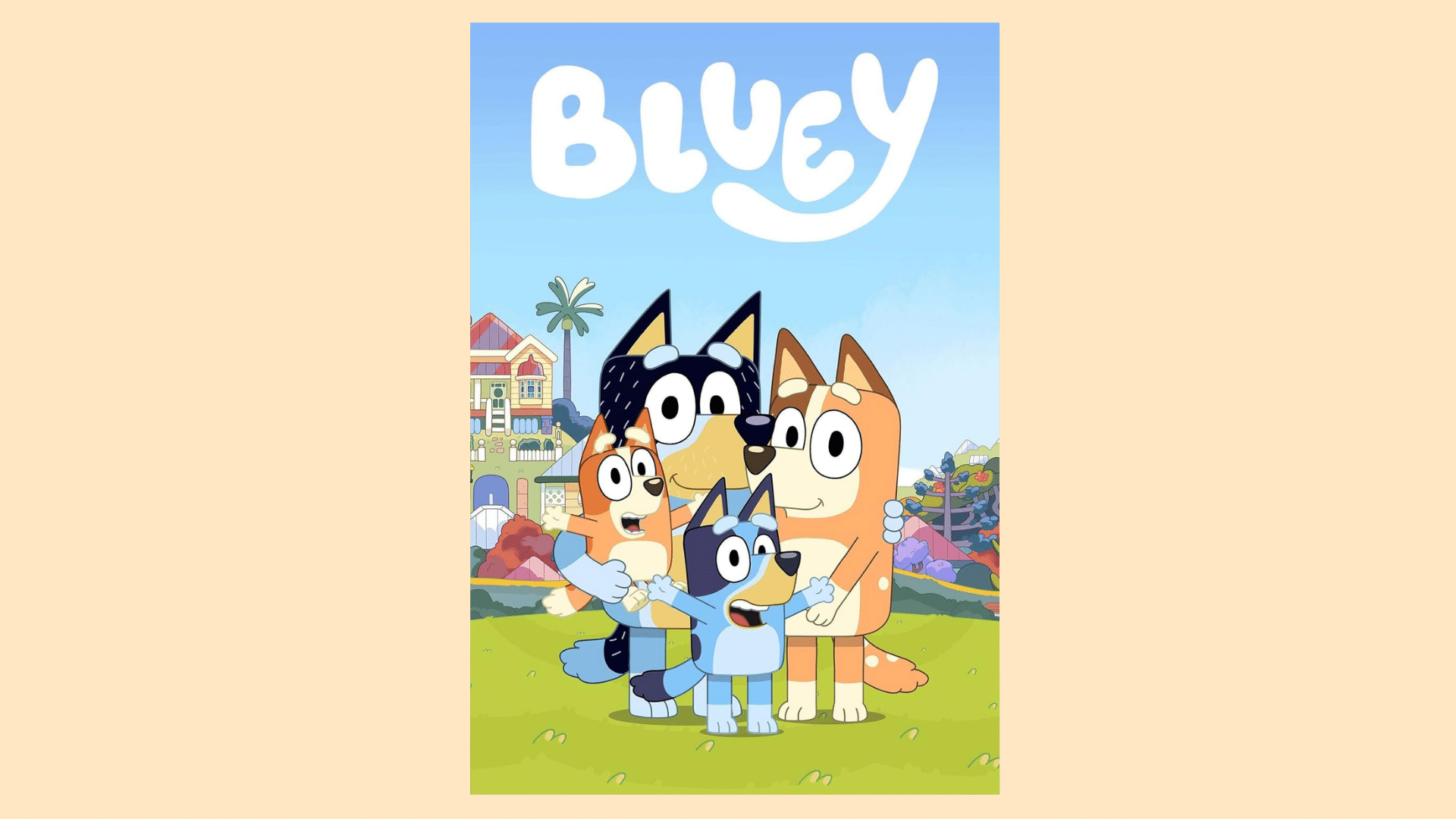
Bluey mixes imaginative play with heartfelt family stories. While some episodes are lively, many move slowly and highlight everyday lessons.
Preschoolers relate to the characters and their experiences. The gentle humor, clear voices, and warm family themes make it enjoyable and low stimulation, even while teaching social and emotional skills in a meaningful way.
14. Frog and Toad
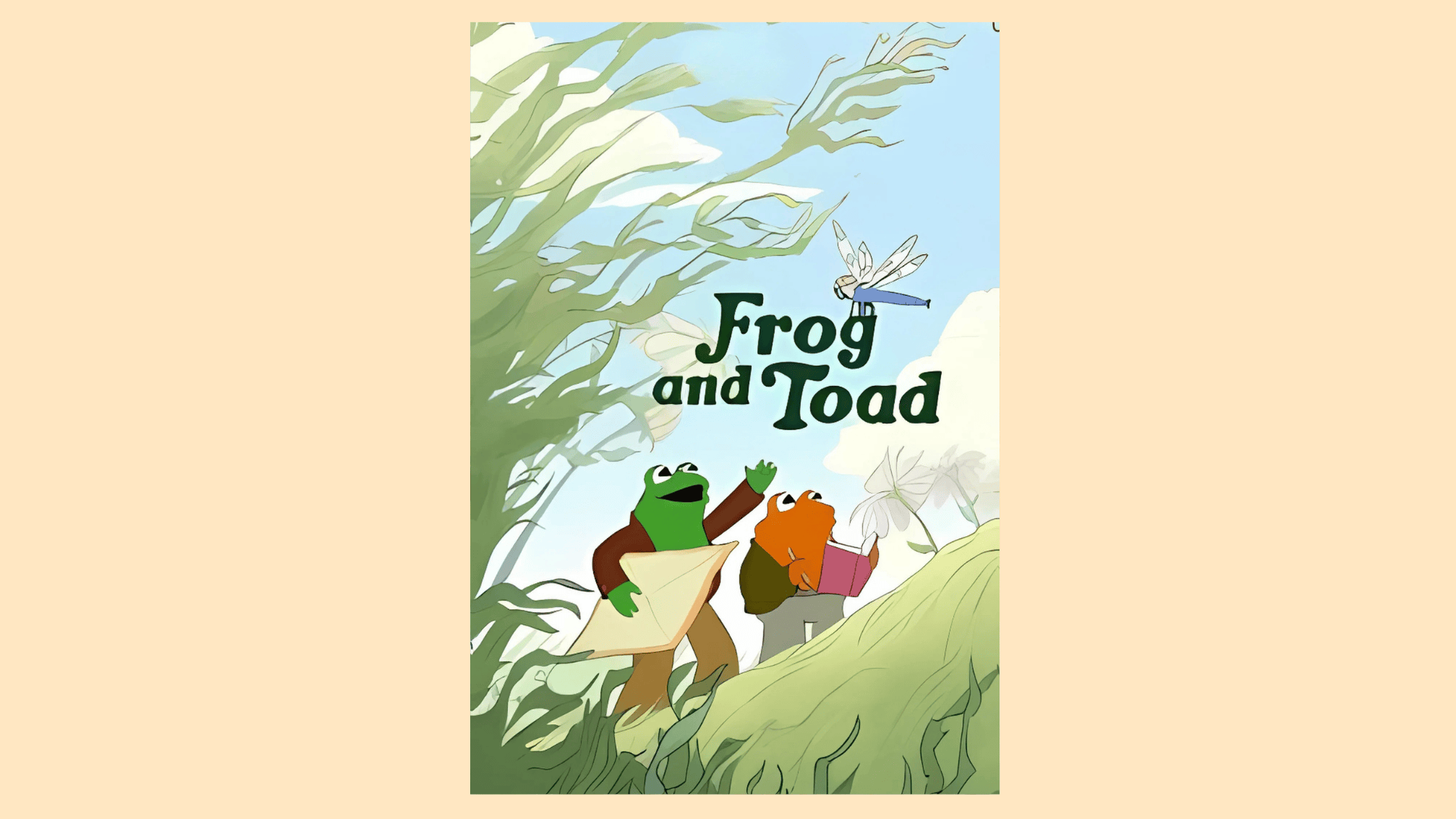
This series adapts the classic books into calm episodes about friendship and patience. The colors are muted, and the pace is steady, allowing preschoolers to follow easily.
The stories highlight kindness, problem-solving, and small everyday moments. Parents appreciate how it models empathy and thoughtfulness while keeping the tone simple and slow.
15. Stillwater

Stillwater the panda teaches mindfulness through quiet conversations and gentle stories. The music is soft, and the pacing is slow, helping preschoolers learn about emotions in a calm way.
Each episode uses relatable problems and steady dialogue to show problem-solving without stress. It’s thoughtful content designed to help children slow down.
16. Postman Pat
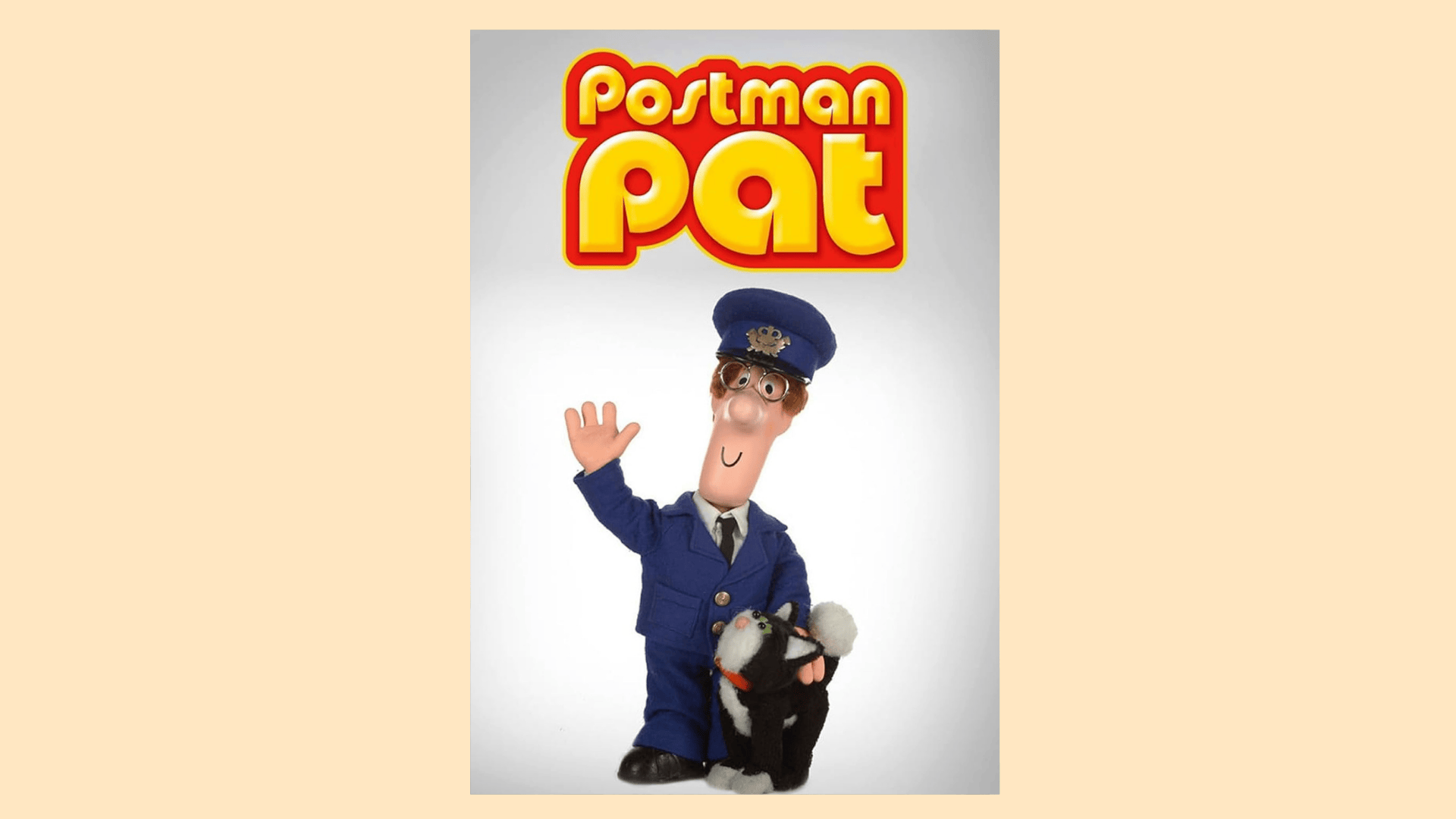
This British series focuses on community life and simple problem-solving. The pacing is relaxed, with calm narration and steady plots.
Preschoolers enjoy the gentle adventures while also learning about responsibility and kindness. The show avoids loud or chaotic moments, making it a reliable choice for parents who want calm viewing.
17. The Gruffalo

Based on the classic book, this animated story is narrated at a steady pace. The visuals are soft and not overwhelming, making it suitable for preschoolers ready for longer storytelling.
It introduces imagination and gentle suspense without overstimulation, giving kids a chance to enjoy rich stories while staying calm and focused.
Where to Watch Low Stimulation Shows
Parents often want to know where to find these calm programs without wasting time searching. Most are available on popular streaming platforms, while a few can be found for free:
- Netflix: Trash Truck, Puffin Rock, Bluey
- Disney+: Bluey, The Gruffalo
- PBS Kids: Daniel Tiger’s Neighborhood
- Amazon Prime: Tumble Leaf, Little Bear, Franklin and Friends, Stella and Sam, Guess How Much I Love You
- Apple TV+: Frog and Toad, Stillwater
- YouTube: Mister Rogers’ Neighborhood (clips), Curious George, Sarah & Duck
- Tubi (Free): Postman Pat, Kipper the Dog
These platforms make it easy to access calm content, whether you prefer subscription services or free streaming options. Parents can choose what works best for their family and viewing habits.
Low vs. High Stimulation: Key Differences
Not all kids’ shows are the same. Some are calm and steady, while others move too fast and overload young minds. This table shows the main differences parents can look for:
| Feature | Low Stimulation Shows | High Stimulation Shows |
|---|---|---|
| Visuals | Muted colors, slow scene changes | Bright flashing colors, constant movement |
| Pacing | Slow, steady, time to process | Fast cuts, rapid transitions |
| Sound | Gentle voices, soft background music | Loud sound effects, shouting, choppy audio |
| Storyline | Simple, predictable, easy to follow | Busy, chaotic, many things happening at once |
| Emotional tone | Calm, reassuring, models kindness | Overexcited, exaggerated actions |
| Effect on children | Promotes focus, calmness, and emotional regulation | Can cause restlessness, shorter attention spans |
Spotting these cues makes it easier for parents to pick shows that support calm viewing instead of overstimulation.
Parent Tips for Mindful Screen Time
A few simple habits can make screen time calmer and more meaningful for your child:
- Pair shows with offline activities: Connect what your child sees on screen with a real-world activity like drawing, building, or pretend play.
- Watch together: Sitting with your child helps reinforce lessons and gives you a chance to talk about what’s happening.
- Mix in alternatives: Balance screen time with books, music, or sensory play so your child has variety in how they learn.
- Set clear limits: Keep viewing time short and consistent. This helps kids enjoy the shows without becoming dependent on them.
- Create a calm space: Dim lights and reduce background noise so the show feels soothing instead of distracting.
- Choose timing wisely: Use low stimulation shows for winding down, such as before naps or bedtime, when calmness matters most.
These small steps help make screen time a tool for learning and comfort rather than just passive entertainment.
Wrapping Up
Low-stimulation shows give babies, toddlers, and preschoolers a calm way to enjoy screen time without being overwhelmed.
With soft colors, steady voices, and slow pacing, these programs create a safe space where children can relax, focus, and learn at their own speed.
Unlike fast, noisy shows, they support emotional regulation, longer attention spans, and healthier habits.
If you’re ready to make a positive change, start by trying a few of the shows listed here. See what works best for your child and build a screen time routine that feels calm and supportive. Give it a try today!

